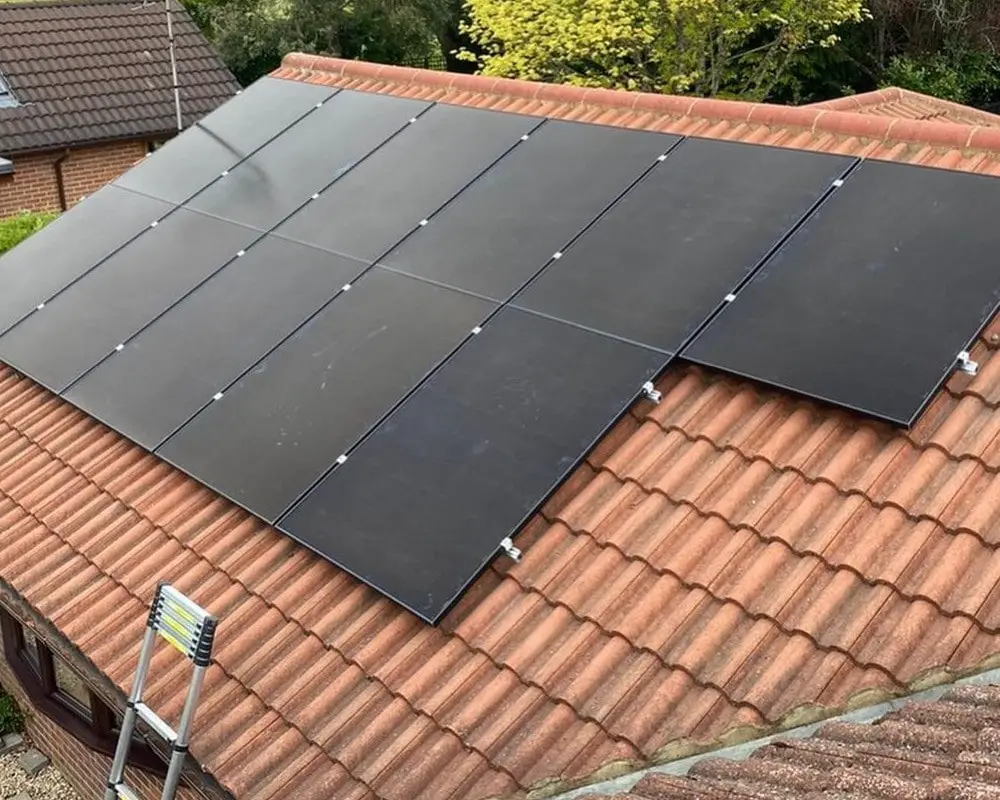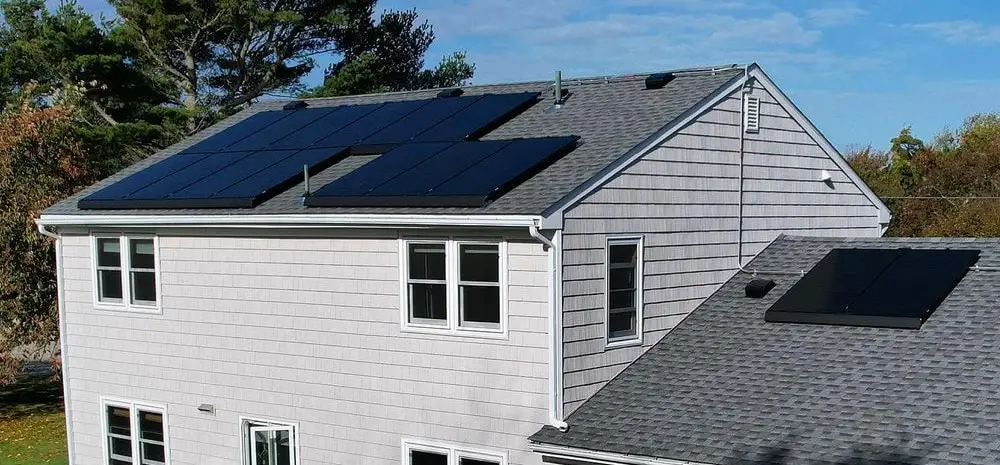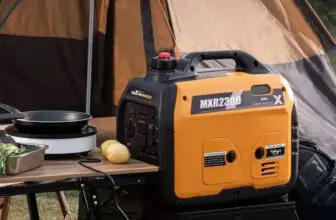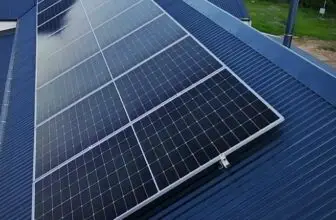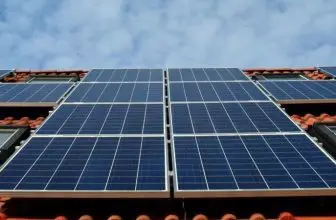
Most people know that they can save money on their electricity bills by installing solar panels in their homes, but many people don’t know how many solar panels they need to power their homes.
Solar panels are devices that capture sunlight and convert it into electricity. They provide a clean and renewable source of energy. Solar energy is a free, limitless resource that can help to reduce our reliance on fossil fuels.
Solar panels can be used to power homes, businesses, and even entire communities. They are becoming increasingly popular as the cost of solar technology continues to drop.
The Solar Panel Production Ratio
Contents
The solar panel production ratio is a measure of the efficiency of a solar panel in converting sunlight into electrical energy. The higher the ratio, the more efficient the panel. The ratio is calculated by dividing the amount of electrical energy produced by the panel in a given time period by the amount of sunlight that strikes the panel in that same time period. The ratio is usually expressed as a percentage.
The solar panel production ratio is an important factor in determining the overall efficiency of a solar power system. A high ratio indicates that a greater proportion of the sunlight that strikes the panel is converted into electrical energy, and a low ratio indicates that a smaller proportion of the sunlight is converted.
The solar panel production ratio is affected by a number of factors, including the type of solar cell used, the size of the panel, the angle at which the panel is installed, and the amount of sunlight that strikes the panel.
The solar panel production ratio is an important consideration when choosing a solar panel. A panel with a high ratio is more efficient and will produce more electrical energy over the course of a year than a panel with a lower ratio.
How Many Solar Panels Do You Need?
In order to determine how many solar panels are needed to power your house, you must first calculate your home’s energy usage. Energy usage is measured in kilowatt-hours (kWh). Your home’s energy usage can be found on your electricity bills. Once you have your home’s energy usage, you can then calculate the number of solar panels needed to power your home.
The average home in the United States uses about 900 kWh of electricity per month. This means the average home would need about 30 solar panels to offset its electricity usage completely. However, the solar panel system sizing required to power your home will vary based on a number of factors. The best way to determine the number of solar panels that can power a house is to use a solar panel calculator.
If you’re interested in installing solar panels, your best bet is to consult with a solar installer. They can help you determine how many solar panels you’ll need based on your specific needs and location.
Do You Need Much Space for Solar Panels?
The amount of roof space you need for solar panels depends on a few factors, including the amount of electricity you want to generate and the climate you live in.
You’ll need about 100 square feet of roof space for every solar panel kW (kilowatt) you install. So, if you want to generate 1,000 watts (1 kilowatt) of electricity, you’ll need about 100 square feet of roof space.
If you live in a sunny climate, you can get by with less roof space because the sun is more intense. In a less sunny climate, you’ll need more roof space to generate the same amount of electricity.
Factors to Consider
When it comes to solar panels, more is not always better. In fact, the number of solar panels to power a house depends on a variety of factors, including your home’s size, location, and energy usage.
Energy usage
If you’re considering solar panels for your home, one of the first things you’ll need to do is calculate your home’s energy usage. This will help you determine how many solar panels you’ll need to generate enough power for your home.
There are a few different ways to calculate your home’s energy usage. One way is to look at your past energy bills. If you have 12 months of energy bills, you can average them out to get a monthly usage number.
Another way to calculate your home’s energy usage is to use an online energy calculator. These calculators will ask you questions about your home and your energy usage habits. Based on your answers, they’ll estimate your energy usage.
Size
The average house size in the United States has increased over the years. The average size of a single-family home was 1,660 square feet in 1973. By 2013, the average size had increased to 2,598 square feet, an increase of 58 percent (National Association of Home Builders). With the increase in house size comes an increase in the number of solar panels needed to power the home.
The average solar panel produces about 200 watts of power. This means that a 2,598-square-foot home would need about 28 solar panels to be completely powered by solar energy.
Climate
The climate of the place where a house is located can have a significant influence on the number of solar panels that are installed on the property. In regions with high amounts of sunlight, such as the southwestern United States, houses often have many more solar panels than homes in other parts of the country. This is because the sun shines more brightly in these areas, making it easier for solar panels to produce electricity. In contrast, homes in cloudy or cold climates may have fewer solar panels, as there is less sunlight available to power them.
The climate of a region can also affect the type of solar panel that is installed. In warm climates, photovoltaic (PV) solar panels are often used, as they are less likely to overheat than other types of solar panels. In colder climates, however, thermal solar panels are sometimes used, as they are better able to withstand freezing temperatures.
Location
The location of solar panels can have a significant impact on the amount of sun they receive. Panels that are installed on the south-facing side of a house will generally receive more sun than those on the north-facing side. In addition, panels that are installed at a higher elevation will usually receive more sun than those at a lower elevation. The angle of the sun also plays a role in how much sun a panel receives. Solar panels that are installed at a steeper angle will usually receive more sun than those that are installed at a shallower angle. Finally, the amount of cloud cover in an area can also affect how much sun a panel receives. Areas that have more cloud cover will generally have less sun available for solar panels.
Solar modules
The type of solar modules affects the performance of solar panels. Monocrystalline solar modules are made from a single crystal of silicon, while polycrystalline solar modules are made from multiple crystals of silicon.
Monocrystalline solar modules are more efficient than polycrystalline solar modules because the single crystal of silicon is less prone to defects. Monocrystalline solar modules also have a higher conversion efficiency because the cells are smaller and can absorb more sunlight.
However, monocrystalline solar modules are more expensive to produce than polycrystalline solar modules. Polycrystalline solar modules are also less efficient in cold weather, while monocrystalline solar modules still perform well in cold weather.
Overall, the type of solar module affects the performance of solar panels. Monocrystalline solar modules are more efficient and have a higher conversion efficiency, but they are also more expensive to produce. Polycrystalline solar modules are less efficient but are more affordable.
FAQ
What Are the Problems With Solar Panels?
The biggest problem with solar panels is that they are very expensive to install and maintain. Solar panels also require a lot of suns to work properly, so they are not a good option for areas that are cloudy or do not get a lot of sun.
How Well Do Solar Panels Work in Winter?
Solar panels work by absorbing sunlight and converting it into electricity. In winter, the amount of sun is reduced, which means that the panels will produce less electricity. However, they will still produce some electricity, and the amount will depend on the angle of the sun and the number of hours of sunlight each day.
How Should I Care About Solar Panels?
Solar panels require very little maintenance. You should check them regularly to ensure that they are clean and free of debris. You may need to adjust the angle of the panels to maximize their efficiency.
How Do Solar Panels Work When the Weather Is Cloudy?
Solar panels rely on sunlight to generate electricity. When it is cloudy, the panels will still produce electricity, but not as much as on a sunny day. The solar panel’s power output depends on the sunlight it receives.
Conclusion
The number of solar panels needed to power a house is essential because it will determine the amount of energy the solar system will produce. The more solar panels there are, the more energy will be produced.
While there are many factors that can affect the number of solar panels you need, our guide will help you estimate how many solar panels you need.

